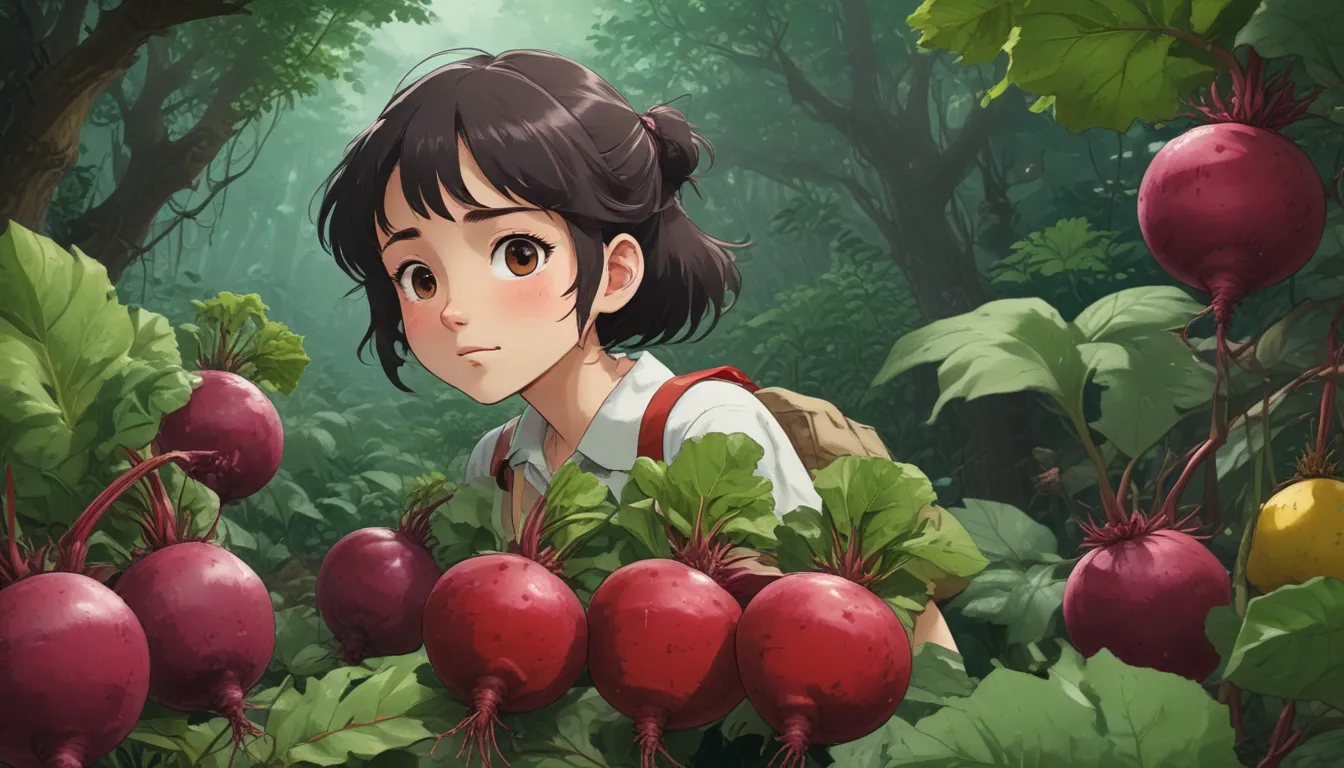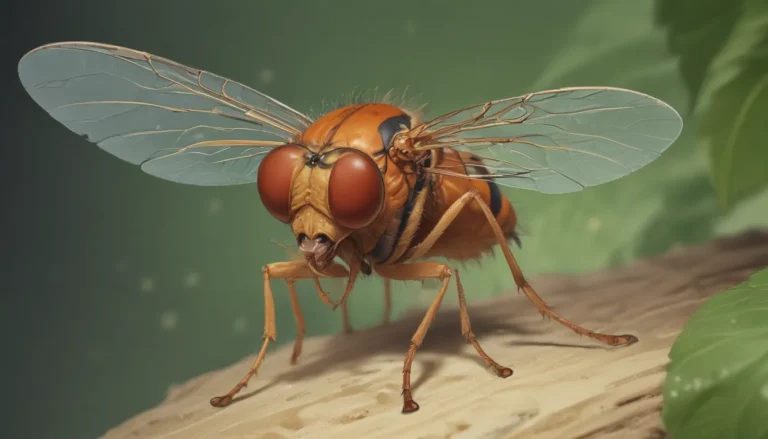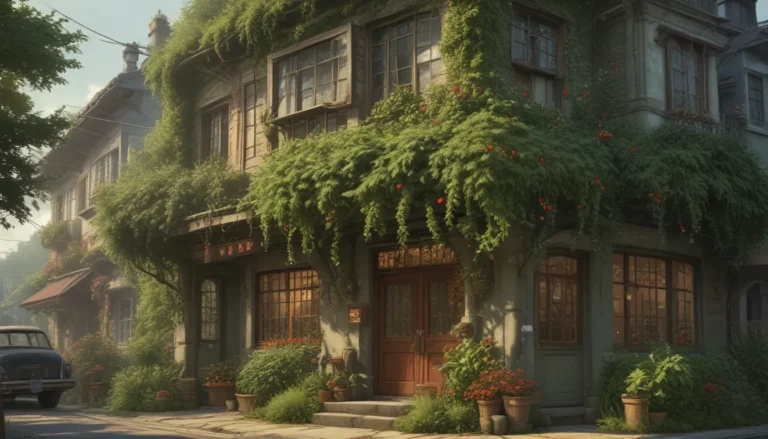How to Address Beet Cercospora Leaf Spot Disease

Beets are a delicious root vegetable loved for their edible roots and leafy greens. But like any plant, they are susceptible to diseases such as Cercospora leaf spot caused by the Cercospora beticola fungus. In this in-depth guide, we will dive into what Cercospora leaf spot is, proactive measures to avoid it, and how to control the damage if your beets are affected.
Understanding Cercospora Leaf Spot
Cercospora leaf spot is a fungal disease that attacks the oldest leaves of a plant, creating dead patches that resemble tan circles with a reddish outer band. As the disease progresses, these circles merge together, forming large dead areas that turn gray as spores envelop them. The fungus thrives in hot weather with high humidity, especially when foliage is wet during the night.
One of the challenges in managing this disease is its ability to winter over in garden debris, emphasizing the importance of proactive measures to prevent infection.
Proactive Avoidance Measures
To minimize the risk of Cercospora leaf spot affecting your beet crop, consider the following proactive measures:
- Start with disease-resistant seeds purchased from reputable sources to ensure your plants have the best chance of fighting off infections.
- Provide ideal growing conditions by planting in full sun and well-draining, organically-rich soil.
- Avoid overcrowding by spacing plants appropriately to reduce ambient humidity and leaf wetness.
- Plant your beets in early spring to avoid the hottest and most humid parts of the growing season.
- Avoid overwatering, as beets do not need to be oversaturated. Provide only an inch of supplemental water when there is no rain.
- Water at the roots and keep foliage dry to prevent fungal development.
- Keep your garden free of weeds and debris to reduce the chance of spores overwintering.
- Rotate crops within the Chenopodium family every few years to reduce vulnerability to Cercospora leaf spot. Be aware that spinach, from the Amaranthaceae family, can also be affected.
Consider pre-treating your beets with a foliar fungicide such as MilStop® SP Foliar Fungicide to inhibit disease from the start. Follow the package instructions carefully and avoid inhaling the product during application.
Damage Control
If your beets become infected with Cercospora leaf spot, there are limited options for halting its progress. Fungicides can help kill spores on contact but do not prevent more from being released or protect healthy foliage. If you notice signs of infection, remove affected outer leaves and discard them in a sealed bag in the trash. Sanitize your tools afterward to prevent spreading the disease.
In cases of extensive damage, you may have to forgo the beet greens, but you can still harvest roots as small as one inch in diameter for consumption.
A Healthier Garden Environment
By implementing proactive measures and understanding how to address Cercospora leaf spot, you can create a healthier garden environment for your beet crop. Focusing on disease-resistant seeds, ideal growing conditions, proper spacing, and preventative fungicide treatment can significantly reduce the risk of infection and ensure a successful harvest.
If you found this guide helpful, consider exploring similar topics on common vegetable diseases such as broccoli diseases, asparagus diseases, and corn seedling blight.
Remember, a little effort in prevention can go a long way in maintaining a thriving garden free from the threats of fungal diseases like Cercospora leaf spot. Happy gardening!





